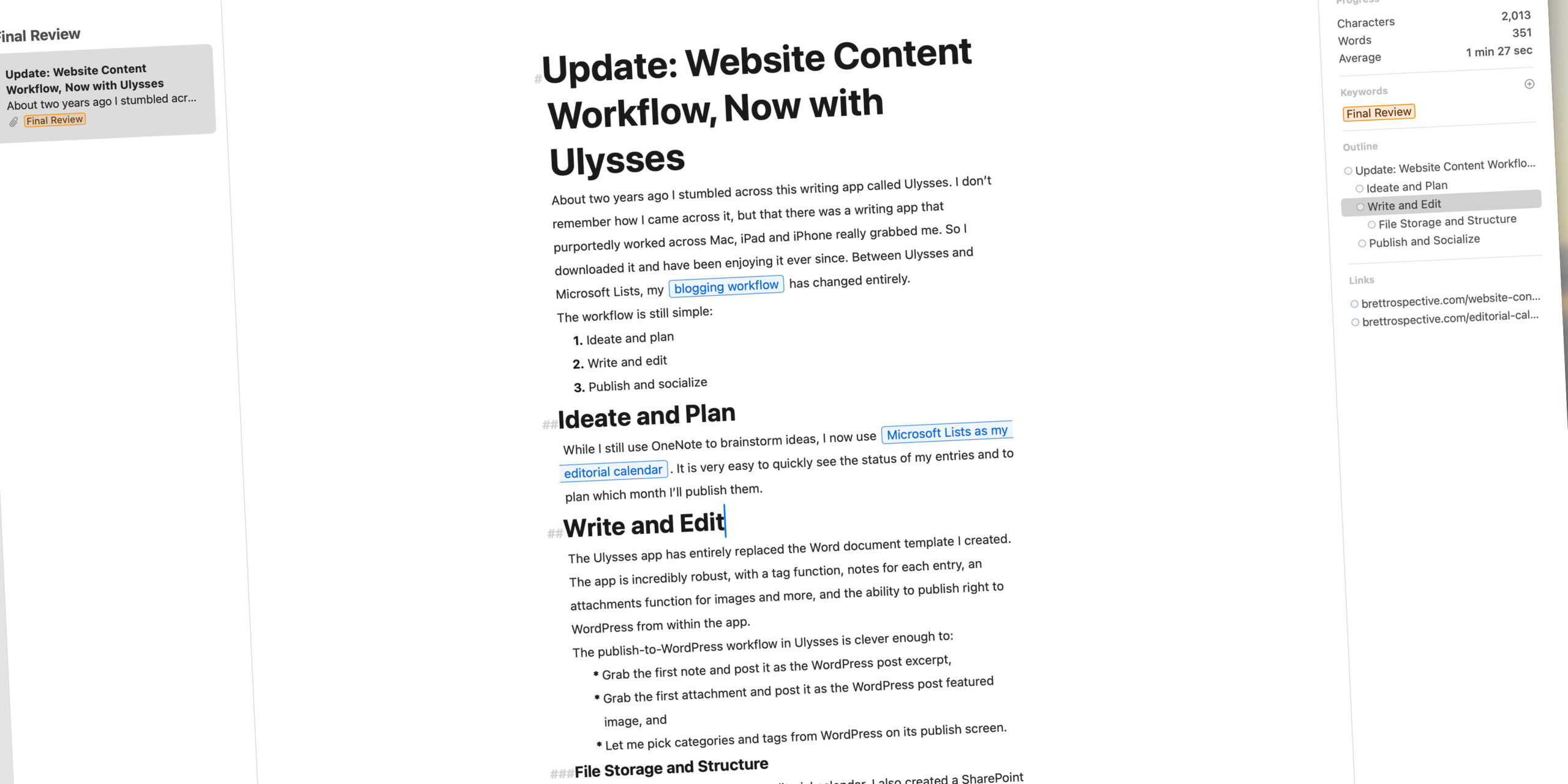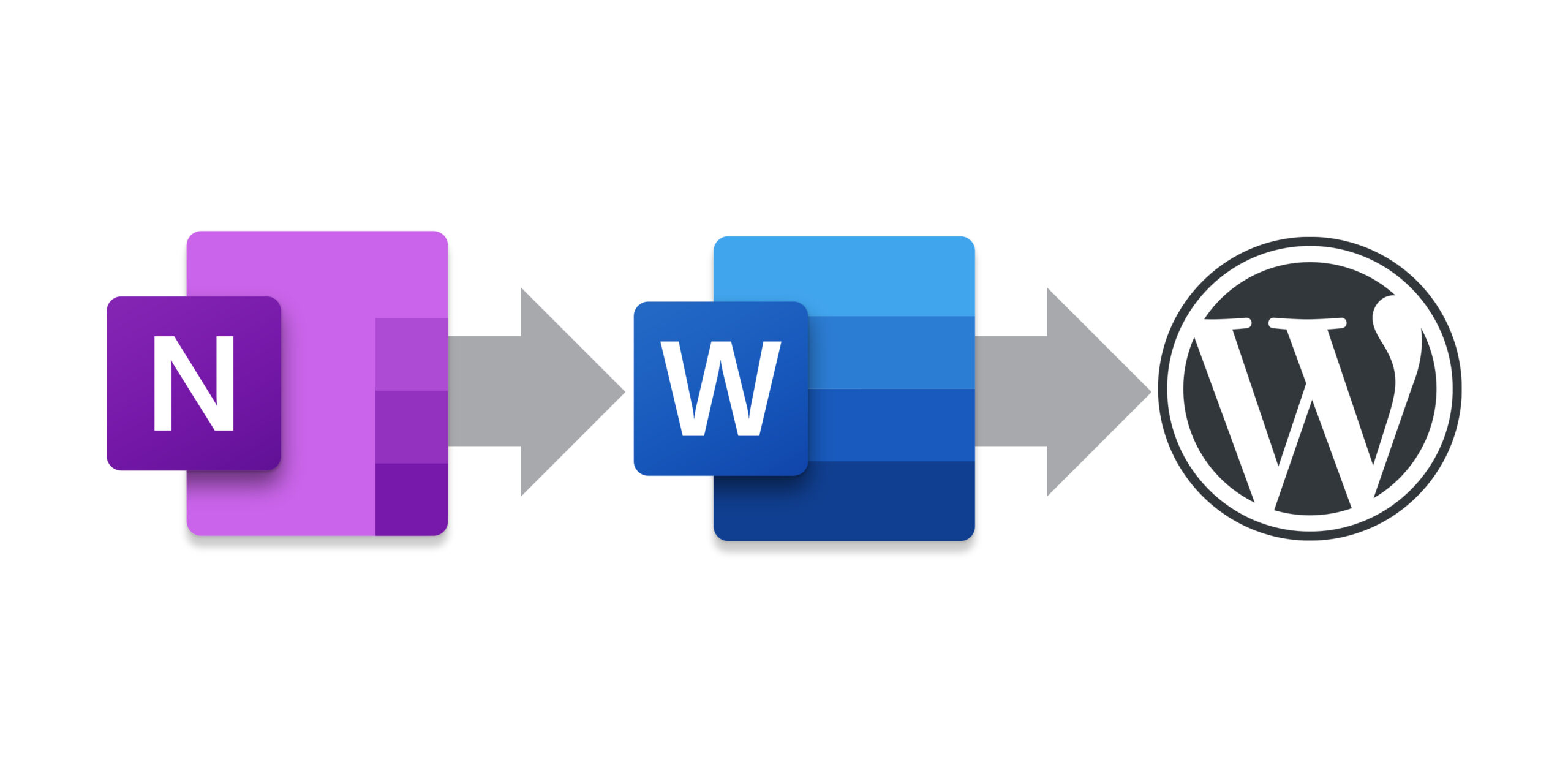Category: content strategy
-
A few years ago I came across Ulysses, a writing app that streamlined my entire content workflow.
-
December 19, 2019 | Web
Website Content Workflow
As I’ve (slowly) began writing again, I documented my workflow for planning content, writing it and ultimately posting it.
-
June 5, 2011 | Business
Strategory
I’m well on my way to executing my Three Step Plan of becoming more familiar with and better at coding for two brilliantly executed, powerhouse web publishing platforms, honing my design skills and preparing better content, continuing my education and becoming an active, beneficial voice in the community.


